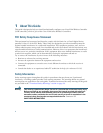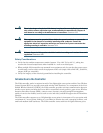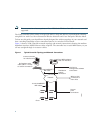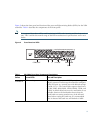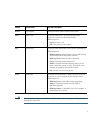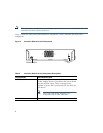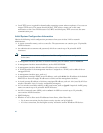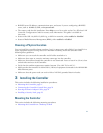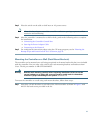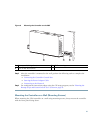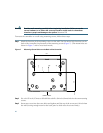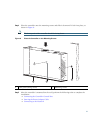
10
• Local TFTP server (required for downloading operating system software updates). Cisco uses an
integral TFTP server. This means that third-party TFTP servers cannot run on the same
workstation as the Cisco WCS because Cisco WCS and third-party TFTP servers use the same
communication port.
Initial System Configuration Information
Obtain the following initial configuration parameters from your wireless LAN or network
administrator:
• A system (controller name), such as controller. The system name can contain up to 32 printable
ASCII characters.
• An administrative username and password, which can contain up to 24 printable ASCII
characters.
Note You must enter a username and password and the configured username and password cannot
be the same.
• A management interface (DS Port or network interface port) IP address, such as 10.40.0.4.
• A management interface netmask address, such as 255.255.255.0.
• A management interface default router IP address, such as 10.40.0.5.
• A VLAN identifier if the management interface is assigned to a VLAN, such as 40 or 0 for an
untagged VLAN.
• A management interface port, such as 1.
• A management interface DHCP server IP address, such as 10.40.0.6 (the IP address of the default
DHCP server that will supply IP addresses to clients and the management interface.
• A virtual gateway IP address (a fictitious, unassigned IP address, such as 1.1.1.1, used by all Cisco
wireless controller Layer 3 security and mobility managers).
• A Cisco wireless controller mobility or RF group name, such as rfgrp40 if required. An RF group
name can contain up to 19 printable ASCII characters.
• An 802.11 network name (SSID), such as wlan1. An SSID can contain up to 32 printable,
case-sensitive ASCII characters.
• DHCP bridging
• Whether or not to allow static IP addresses from clients, either Yes or No.
–
Yes is more convenient, but has lower security (session can be hijacked).
–
No is less convenient, but has higher security and works well for Windows XP devices.



